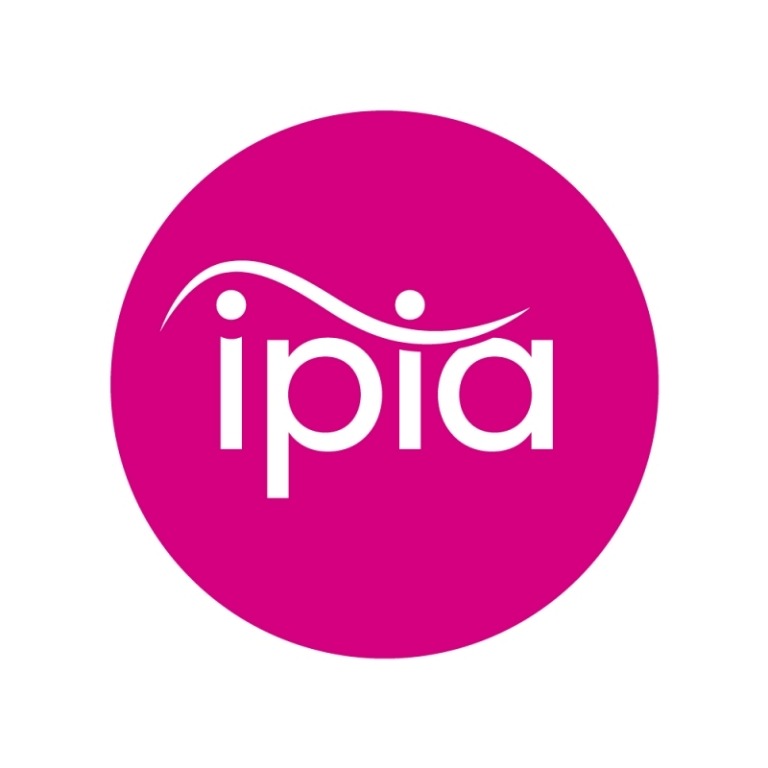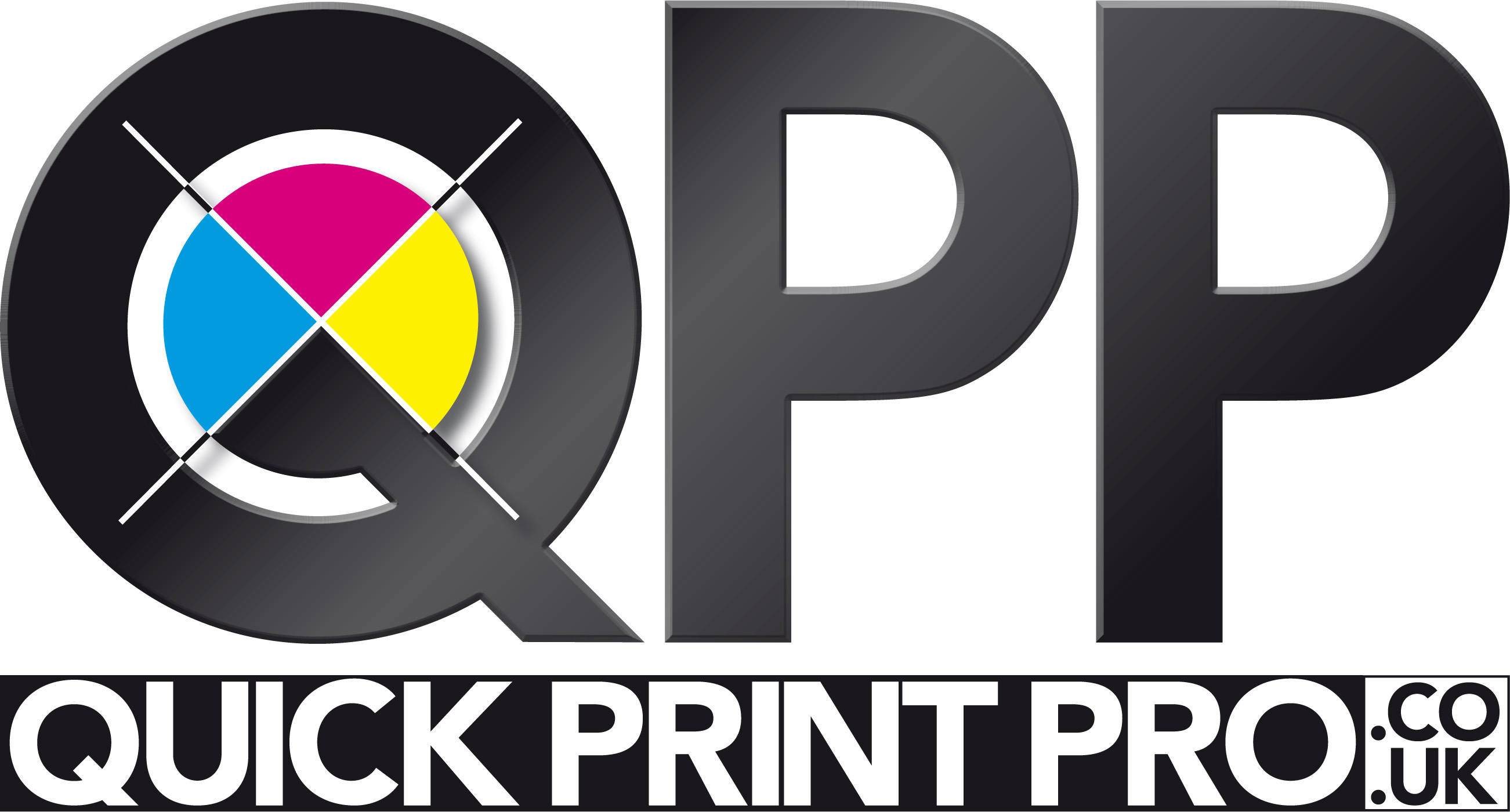For all the growth in demand for colour pages, black and white prints still amount to some 335 billion A4/letter pages, representing the majority (60%) of the total digital cut sheet production print volume globally .
The continued investment by technology providers into mono production printer innovation is evidence of continual healthy demand for black and white output. Since the launch of the first varioPRINT 6000 in 2007, Canon has introduced a steady stream of updates to existing devices. Now in its seventh iteration, the varioPRINT 6000 TITAN Series has evolved in accordance with customer needs. The series offers reliable productivity, operator support with tools such as integrated plan ahead scheduling, proactive alerts and remote monitoring. And, thanks to upgradable speed configurations and integrations with a range of finishing options, modularity and flexibility are further key benefits of the TITAN series.
Buyers of new mono digital engines have a variety of motivations. Some already have digital capacity, but in the shape of legacy equipment, and want to take advantage of state of the art technological advances; others are offset printers responding to the increase in short runs in almost all applications by adding capacity and versatility in dynamic, variable data applications.
Black and white printing: Fundamental and essential
The very nature of black and white applications means that mono digital printing is, and will remain for the foreseeable future, a fundamental, essential technology in several important markets. In both the US and Western Europe, the ‘Top 5’ applications for mono are, in order of importance, books, direct mail, manuals, brochures and transactional (bills and statements). While page volumes are declining in other segments, for books they are growing. And, taken together, the mono volumes of the five add up to a huge volume of pages and value -156 billion A4/letter pages, according to the latest (2023) figures from Keypoint Intelligence (this includes Sheetfed, Continuous feed and multi-function printers [MFP]) - making mono digital still an attractive market for print service providers (PSPs).
As well as stability, PSPs want growth, of course, and trends in several mono markets offer significant opportunities. Books are a prime example, with sales growing strongly. In 2021 sales of printed books hit an all time high of 827 million, partly because of the Covid-19 pandemic, which saw locked down populations picking up books for the first time in a while. And with younger readers increasingly turning to print for its tactile, physical qualities , in 2023 and 2024 leading bookseller Barnes & Noble opened more stores than in the whole 2009-19 decade, with 60 more slated for 2025 . Meanwhile textbooks have made a comeback as countries that had migrated away from them in favour of online resources, acknowledge students learn better with print; a phenomenon now also backed by several studies. In fact, according to a study by PISA, the OECD’s Programme for International Student Assessment, students who read printed books more frequently perform better in reading assessments, spend more time reading, and enjoy reading more compared to students who read more from digital devices.
The latest of the countries to return to printed textbooks in the classroom is Sweden. In a statement about the return in March 2023, Sweden’s schools minister Lotta Edholm said: “Sweden’s students need more textbooks. Physical books are important for student learning.”
Black and white is also a logical choice for instruction manuals. The proliferation of stock keeping units (SKUs) means lower number of sales per SKU, and hence shorter runs of more separate manuals and versions. And, as some manual content moves online, the paginations of the printed manuals reduce. It’s a similar story for packaging inserts: consumer protection regulations are pushing up volumes of packaging inserts as legislation mandates that manufacturers provide accurate operating instructions, handbooks, health and safety warnings, contents and usage descriptions in the official language(s) of the country the product is sold in, to be easily understood by users or consumers. Demand is also especially strong in the pharmaceutical and household products sectors.
A move to digital = More productivity and more flexibility
Responding to these changing expectations of mono digital technology, manufacturers are continuing to innovate, introducing enhancements that make presses more productive, more flexible and more reliable.
Canon’s Gemini Instant Duplex Technology of the varioPRINT 6000 series, for example, uses two imaging belts to print simultaneously on both sides of the media, with near perfect front to back registration which is important for quality bound products such as books.
Gemini Instant Duplex Technology also enables printing on ultra light media, because it avoids the need to stop and turn the sheet and also substantially reduces the stress on the paper compared to fusing each side separately. Printing on stocks as light as 45gsm is especially important for such applications as the patient information leaflets that accompany pharmaceuticals, or the multi-language instructions inserted with products destined for export. Lightweight substrates also contribute to reduced transportation costs.
For added flexibility, both Canon’s sheetfed mono digital production printer series – the varioPRINT 6000 TITAN series and the varioPRINT 140 series - offer permanent and temporary speed upgrade options, allowing PSPs to choose the productivity needed at initial investment as well as the flexibility to upgrade when production plans change, for example handling peak or seasonal demands.
What the data above shows us is a clear picture that despite frequent misconceptions, the black and white market is not only stable but for books, is growing, thanks to the fundamental applications which it serves. By understanding the market shifts and adopting the technologies that will aid in the management of production and demand, print service providers will be able to take advantage of the opportunities for growth that this sector has to offer.



.jpg)








